Properties
| Storage Buffer | 50mM Tris/HCl pH7.5, 300mM NaCl, 10% glycerol |
| Storage Temperature | -20ºC |
| Shipping Temperature | Blue Ice or 4ºC |
| Purification | Affinity Purified |
| Cite This Product | P. falciparum Recombinant HSP90 Protein (StressMarq Biosciences | Victoria, BC CANADA | Catalog# SPR-122) |
| Certificate of Analysis | This product has been certified >90% pure using SDS-PAGE analysis. |
Biological Description
| Alternative Names | HSP90, HSP90AB1, HSP90-beta, HSPCB, HSPC2, Heat shock protein HSP 90-beta, Heat shock 84 kDa protein, HSP84, HSP90B |
| Research Areas | Cancer, Heat Shock |
| Cellular Localization | Cytoplasm, Melanosome |
| Accession Number | XP_001348591.1 |
| Gene ID | 811999 |
| Swiss Prot | Q8IL32 |
| Scientific Background |
HSP90 is a highly conserved and abundantly expressed molecular chaperone that exists in two major cytosolic isoforms: HSP90α and HSP90β. It is essential for the folding, stabilization, and functional regulation of a wide array of client proteins, many of which are involved in signal transduction, cell cycle control, and stress responses. In the nervous system, HSP90 plays a critical role in maintaining proteostasis, particularly under conditions of cellular stress. It forms dynamic complexes with co-chaperones such as CDC37, p23, and immunophilins, which guide the maturation and stabilization of client proteins. This function is especially relevant in neurodegenerative diseases, where protein misfolding and aggregation are central pathological features. HSP90 has been shown to interact with key neurodegenerative disease-related proteins, including tau, α-synuclein, and huntingtin. While it can stabilize these proteins and prevent aggregation, it may also inadvertently preserve toxic conformers. As such, HSP90 is a double-edged sword in neurodegeneration—both protective and potentially pathogenic. Pharmacological inhibition of HSP90 has emerged as a therapeutic strategy to promote the degradation of misfolded proteins and restore cellular homeostasis. Its high expression in neurons and involvement in multiple neurodegenerative pathways make HSP90 a compelling target for therapeutic intervention and biomarker development. |
| References |
1. Nemoto T., et al. (1997) J.Biol Chem. 272: 26179-26187. 2. Minami Y., et al. (1991) J.Biol Chem. 266: 10099-10103. 3. Arlander S.J.H, et al. (2003) J Biol Chem. 278: 52572-52577. 4. Pearl H., et al. (2001) Adv Protein Chem. 59: 157-186. 5. Neckers L., et al. (2002) Trends Mol Med. 8: S55-S61. 6. Pratt W., Toft D. (2003) Exp Biol Med. 228: 111-133. 7. Pratt W., Toft D. (1997) Endocr Rev. 18: 306–360. 8. Pratt W.B. (1998) Proc Soc Exptl Biol Med. 217: 420–434. 9. Whitesell L., et al. (1994) Proc Natl Acad Sci USA. 91: 8324–8328. 10. Banumathy G., Singh V., Pavithra S.R., and Tatu U. (2003) J Biol Chem. 278(20): 18336-45. 11. Pavithra S.R, Banumathy G., Joy O., Singh V., and Tatu U. (2004) J Biol Chem. 279(45): 46692-9. |
Product Images
Currently there are no images for this product

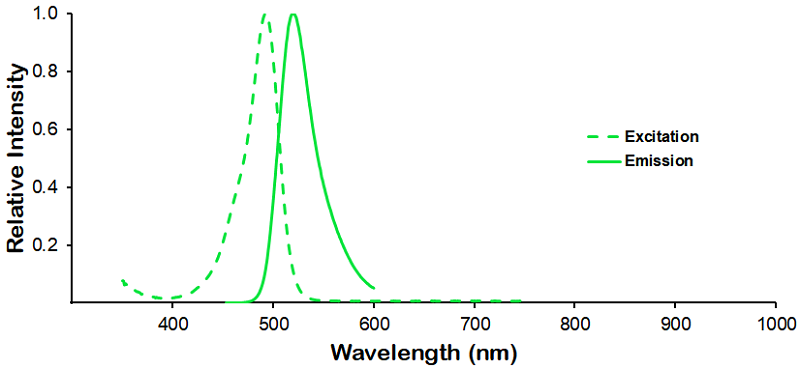
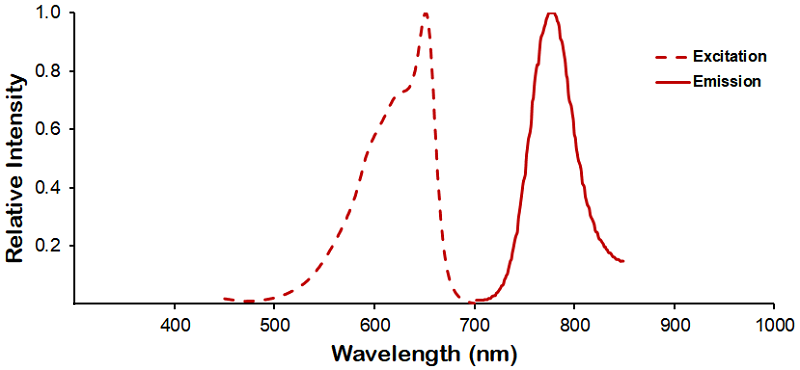
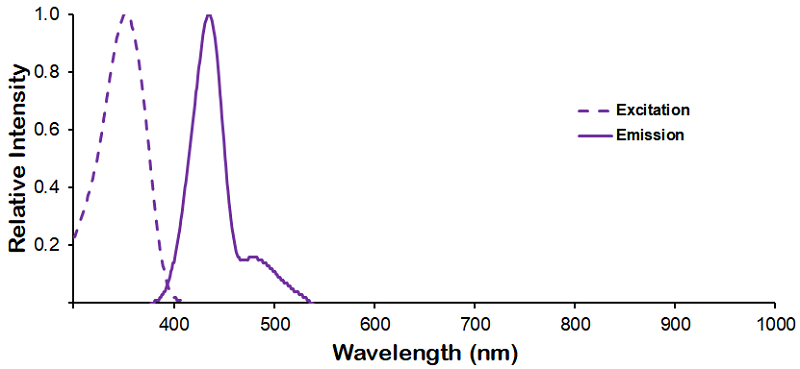
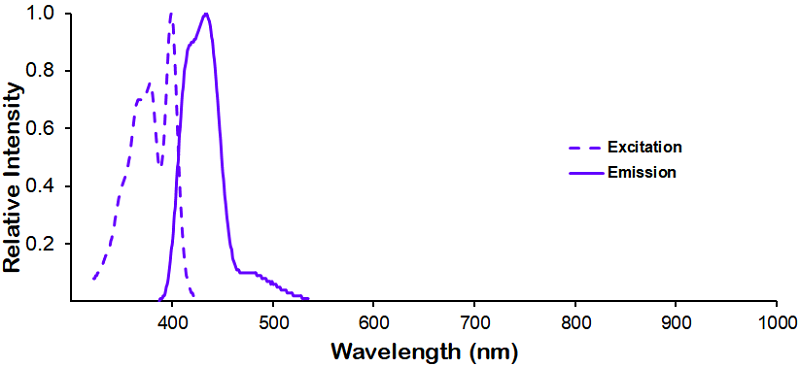
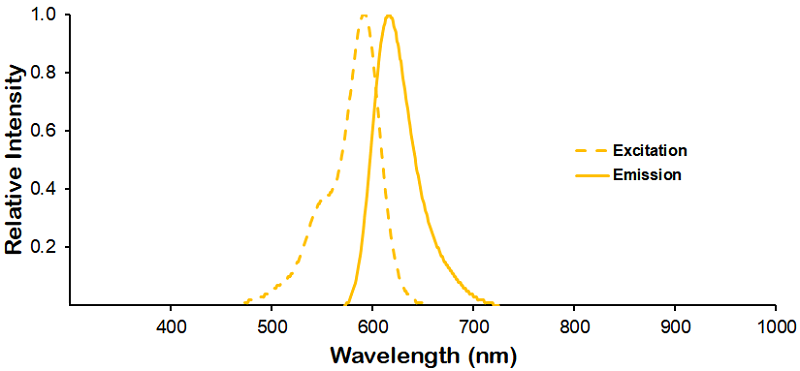
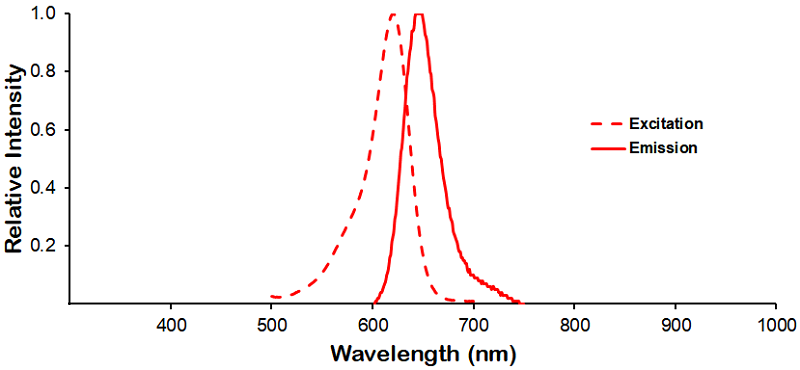
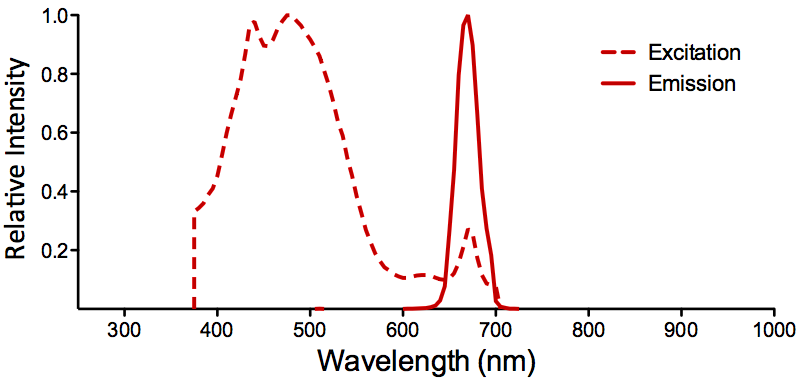
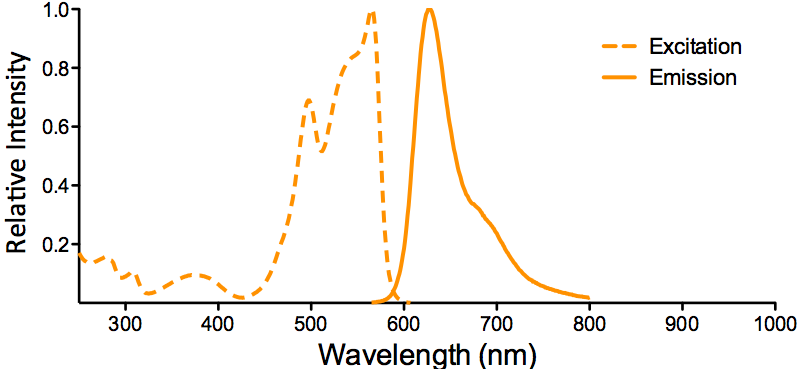
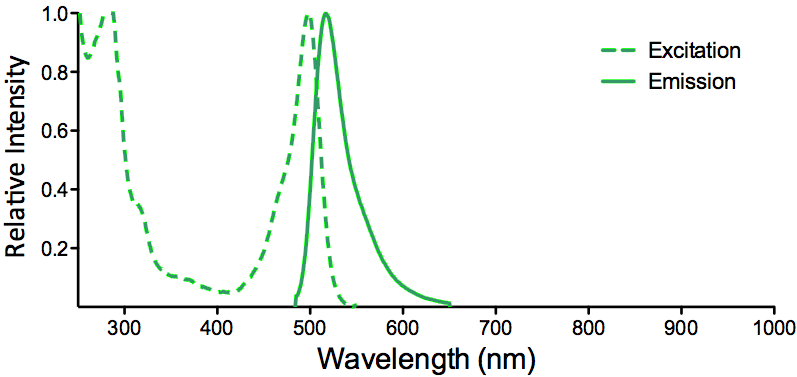
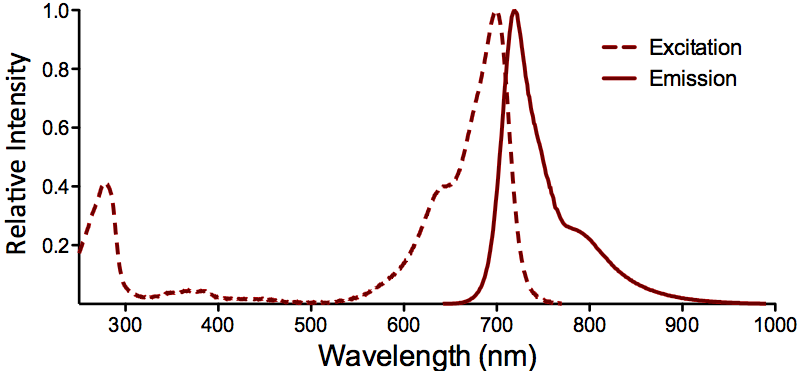
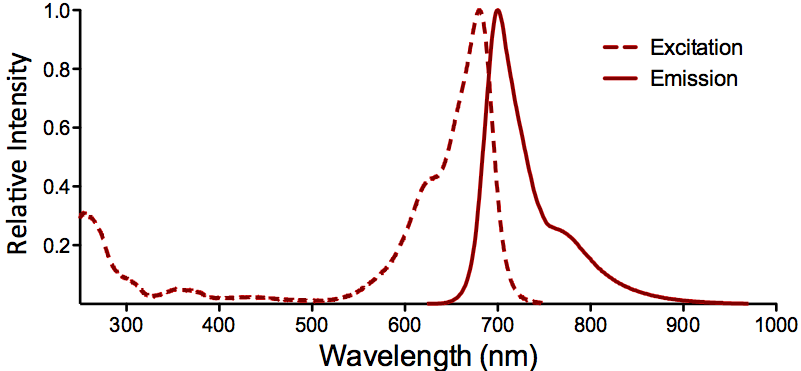
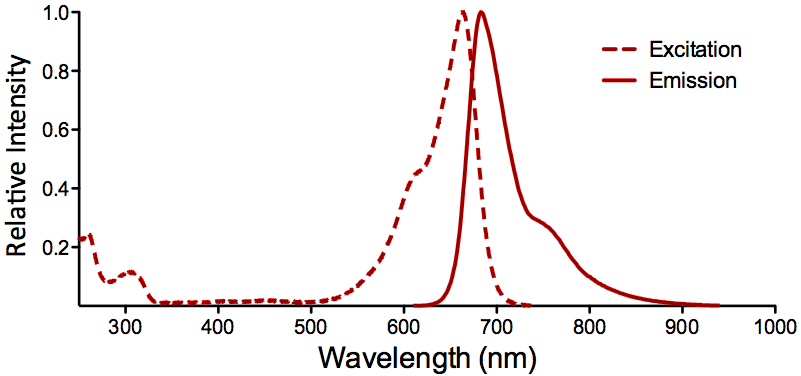
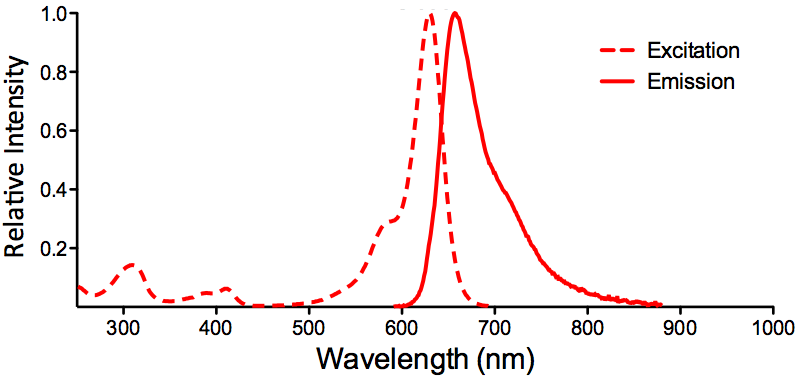
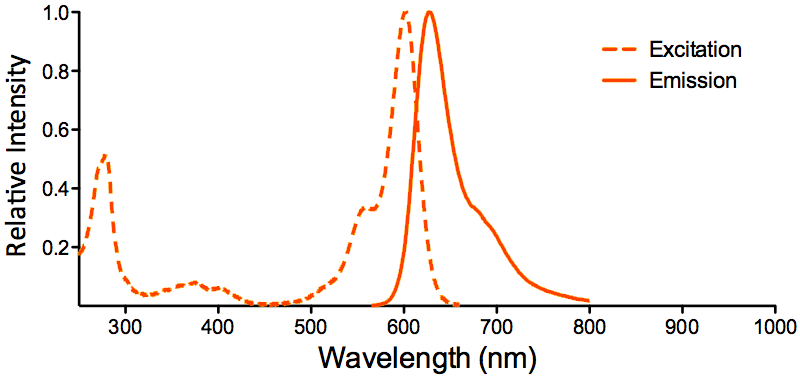
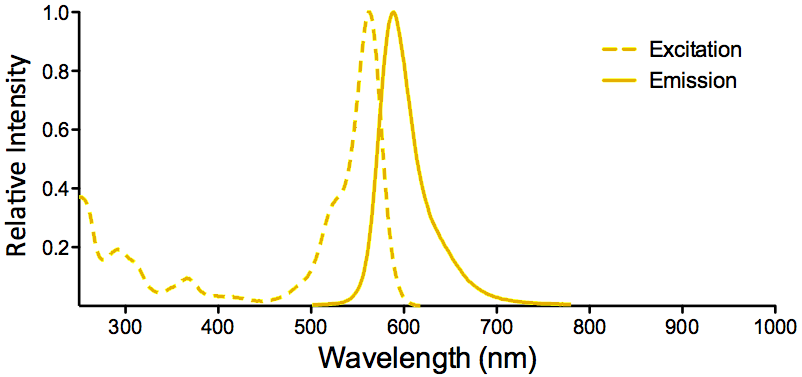
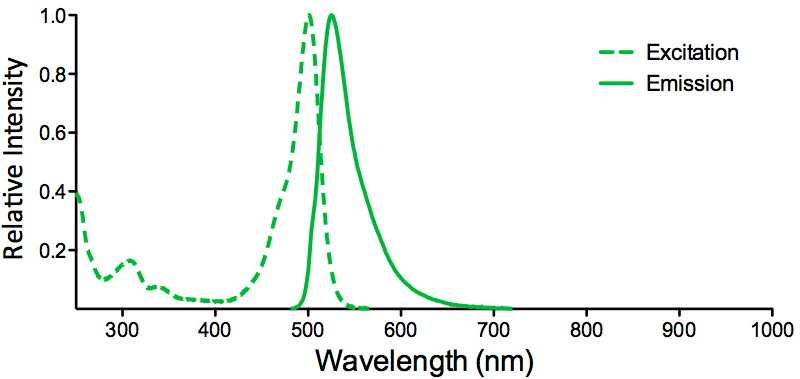
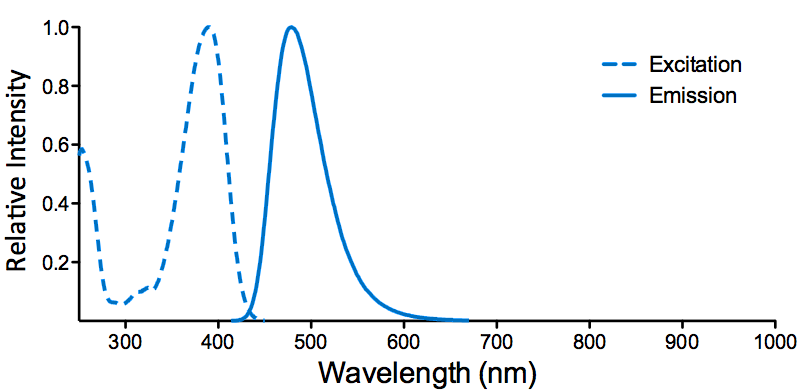
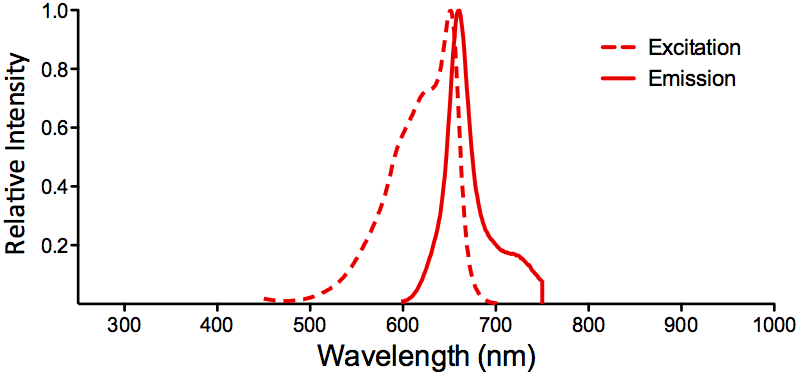
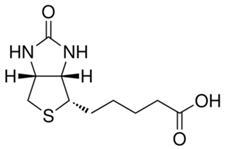
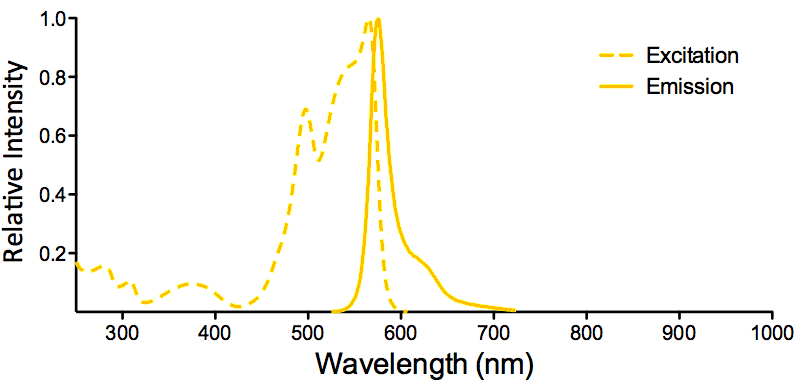
StressMarq Biosciences :
Based on validation through cited publications.